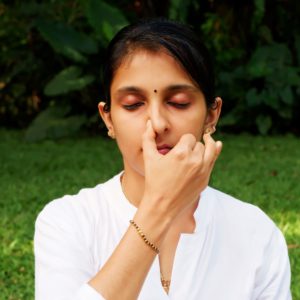Pranayama
The Yogic Breathing Techniques
‘Breath is Life, Breathe with awareness; Breath vitality’
The word Pranayama derived from two words, Prana means ‘life force or vital energy’ and Ayama means ‘control or extend’. Pranayama is, therefore, the Sanskrit word meaning the series of breathing techniques or exercises which help to modify the Prana or Vital energy or control the life force or breath.
Breathing is a natural phenomenon. It is usually automatic, continues during sleep and even in a conscious state. Breathing can control subconsciously too. When our breathing is not complete and full, most parts of the lung are not working the best. Pranayama is an exercise or training for the lungs to intake the maximum air, slowly and deeply to all areas of the lungs and release the complete air out. Thus increases the lung capacity, the body receives more oxygen (Prana) and releases the carbon dioxide efficiently. When our body releases the carbon dioxide properly out, automatically the breathing mechanism reduces. More oxygen intake activates the parasympathetic nervous system, thus your body becomes calmer, relax, heart rate slows down and functions the best.
Generally, Pranayama can be simply classified into two categories – Active and Passive Pranayama. In Active pranayama, powerful and active breathing techniques are performing. And in passive pranayama, gentle and slow breath. Some pranayamas are completely passive, some are completely active. But there are pranayamas where both phases come together.
Breathing techniques has mainly 3 steps. Pooraka (Inhalation), Kumbhaka (Holding or retention of breath) and Rechaka (Exhalation). Only a few pranayama practices have Kumbhaka (Retention of breath).
Benefits of Pranayama:
- Deepens the breath
- Improves the lung volume & capacity
- Increases the oxygen intake
- Detoxifies the respiratory system efficiently
- Good exercise for the heart & lung muscles
- Improves digestive and metabolic functions
- Calms down the mind positively
Guidelines for the practice:
- Generally, pranayamas practice on an empty stomach. Early morning time is the best time for daily practice.
- For all pranayamas, do the practice sitting in any comfortable position, preferably Sukasana (Lotus pose) or Vajrasana (Diamond pose) or any other comfortable sitting position. Basic idea is to keep your back and spine erect during practice.
- Sitting on a chair, without leaning back, keeping the feet flat on the floor is recommended for those who can’t sit on the floor for a long time.
- Under any circumstances, Pranayama should not be attended in standing position.
- Keep your mouth closed and breathe only through your nose, unless otherwise specified.
- Give few seconds of relaxation between different steps and focus on the changes in your breathing style during this relaxation period.
- After the completion of Pranayama, practice meditation for a few minutes to aids benefits.
Precautions:
- Practice for the first time under the supervision or guidance of a qualified teacher or person.
- Some breathing techniques are not recommended during pregnancy
- People suffering from hypertension, hernias, chronic asthma and heart diseases must practice only with the guidance of a qualified teacher or healer.
- Always practice with your ranges and limits, during any practice, if you feel dizzy or light headedness, stop the practice, lie down and rest.
Different techniques of Pranayama:
- Alternate Nostril breathing (Nadishudi Pranayama)
- Single Nostril breathing
- Retention breathing
- Bellow breathing (Basthrika Pranayama)
- Fire breath (Kapalabathi)
- Hand stretch Breathing
- Ocean breath (Ujjayi Pranayama)
- Brahmari Pranayama
- Sheethali Pranayama
- Sheethkari Pranayama
- Sadantha Pranayama
Pranayama Techniques
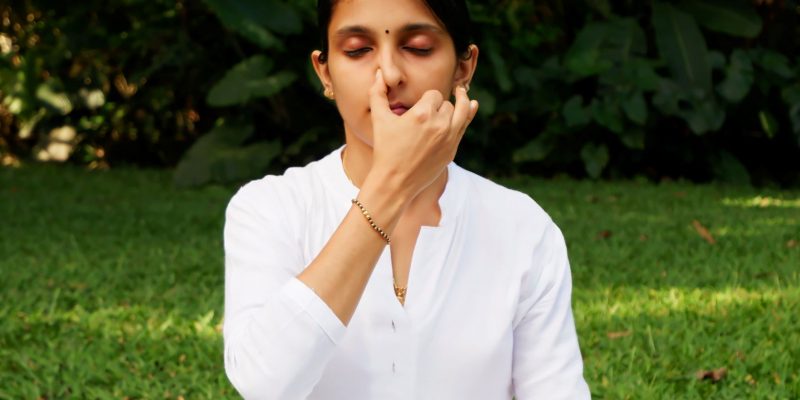
Single Nostril Breathing
Single nostril breathing does not come in the classical pranayama category. It is a combination of passive (inhalation) and active (exhalation) pranayama, mainly practicing to clear the nostrils and upper respiratory tract...
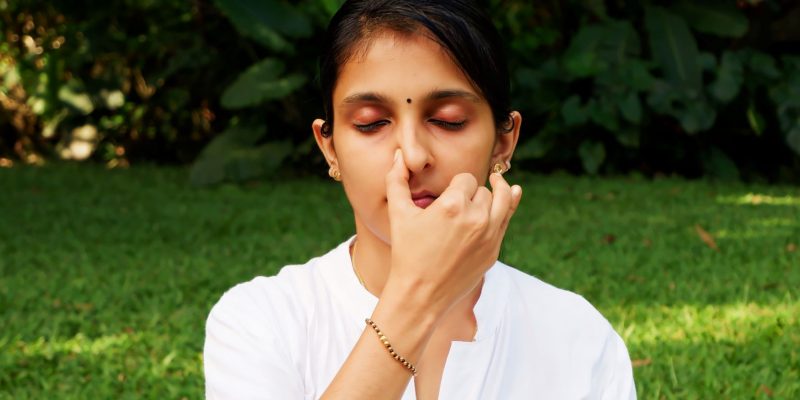
Alternate Nostril Breathing (Nadishudi Pranayama)
Nadi means ‘channels’, shudi means ‘cleanse’. Nadishudi meaning cleansing nadis (the energy channels). It comes under the passive pranayama category. This practice helps to balance energies on right and...
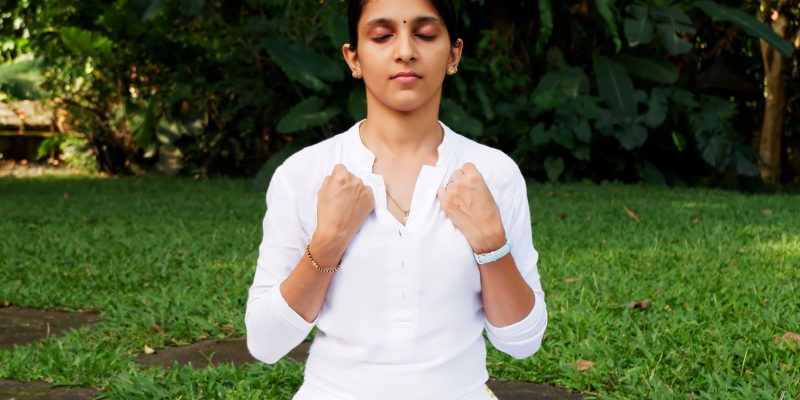
Bellow Breathing (Bhastrika Pranayama)
Bhastrika means ‘bellow’, like how bellow works, similarly lungs constrict and relax with forceful exhalation and inhalation. Bhastrika pranayama is active pranayama that...
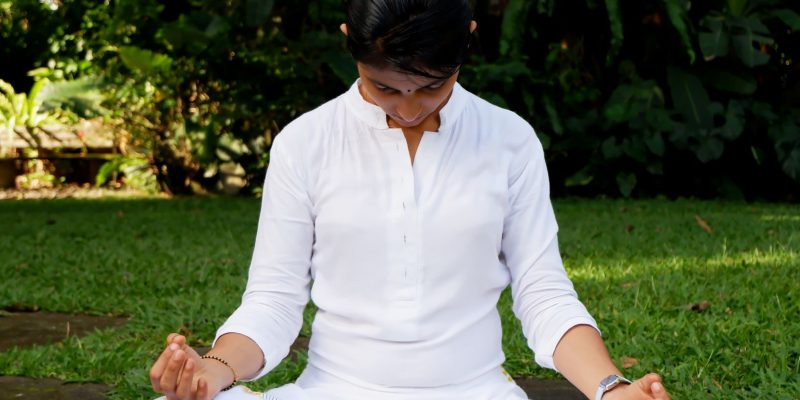
Ujjayi Pranayama (Ocean Breath)
The word Ujjayi meaning victorious, freedom from bondage. It is passive pranayama. In this practice, producing a sound similar to the sound of the deep ocean with breathing hence called ocean breath...
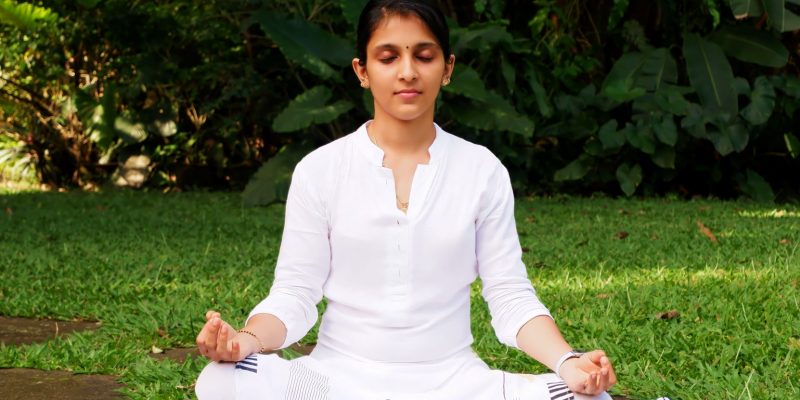
Kapalabhati (Fire Breathing)
Classically, Kapalabhati comes in Kriya, cleansing therapies of Yoga. As it is practicing with breathing, hence classified under the Pranayama category. It is called fire breathing, as it improves...

